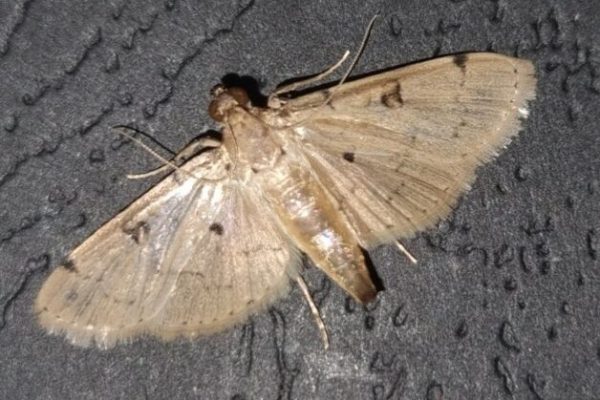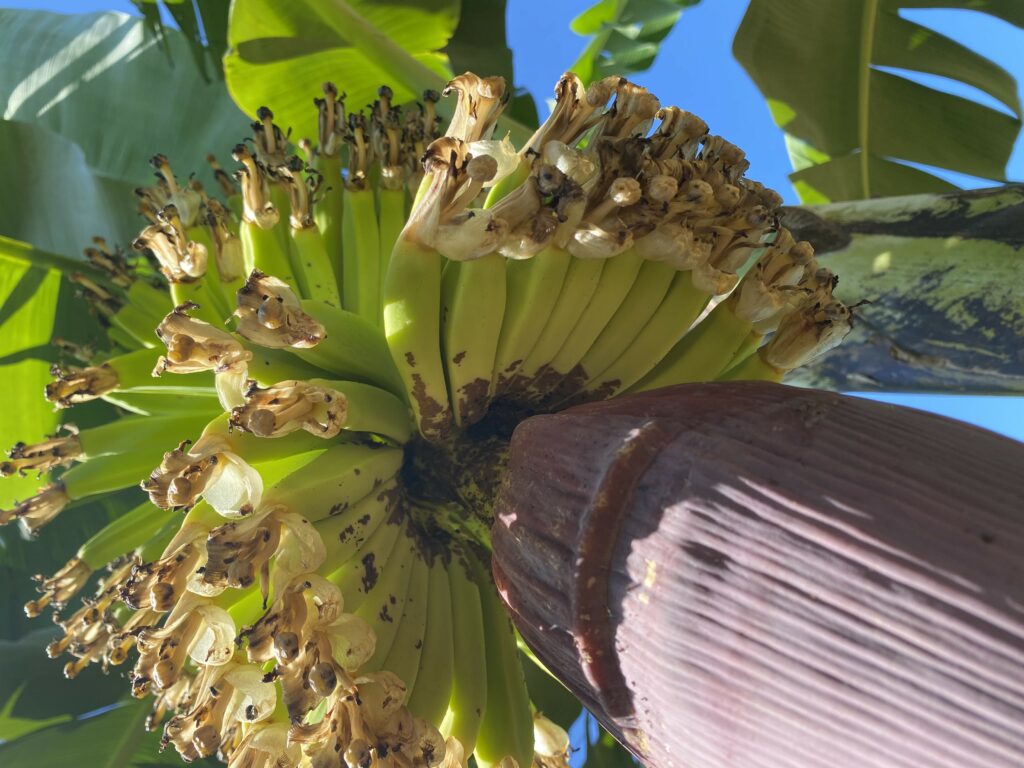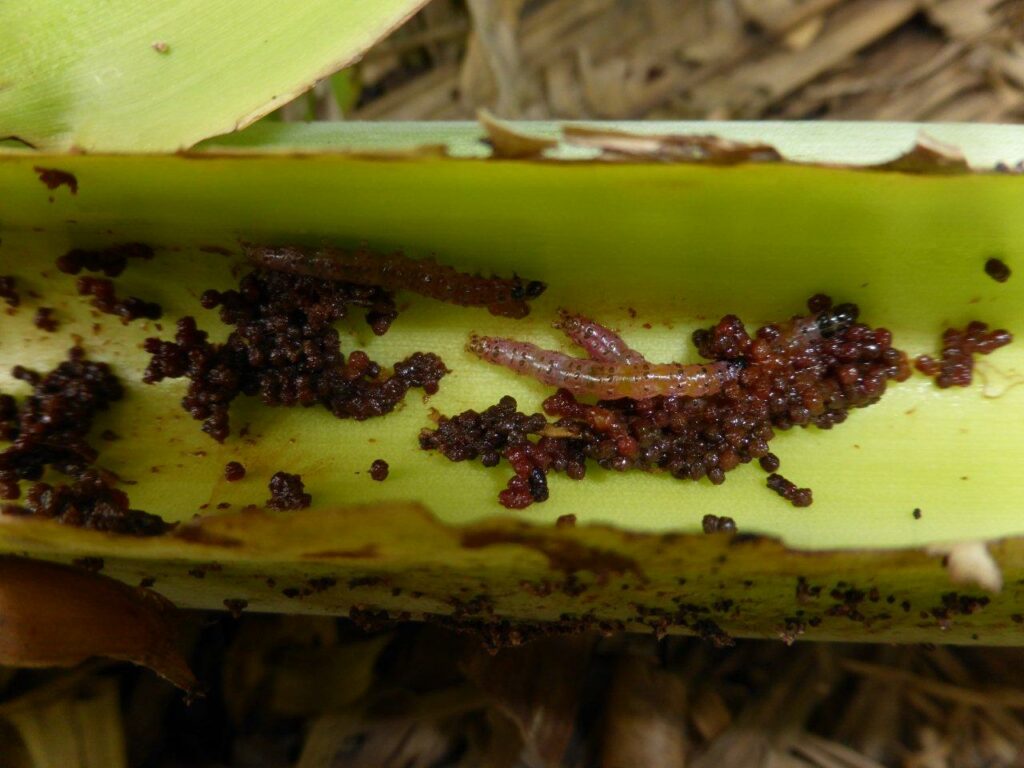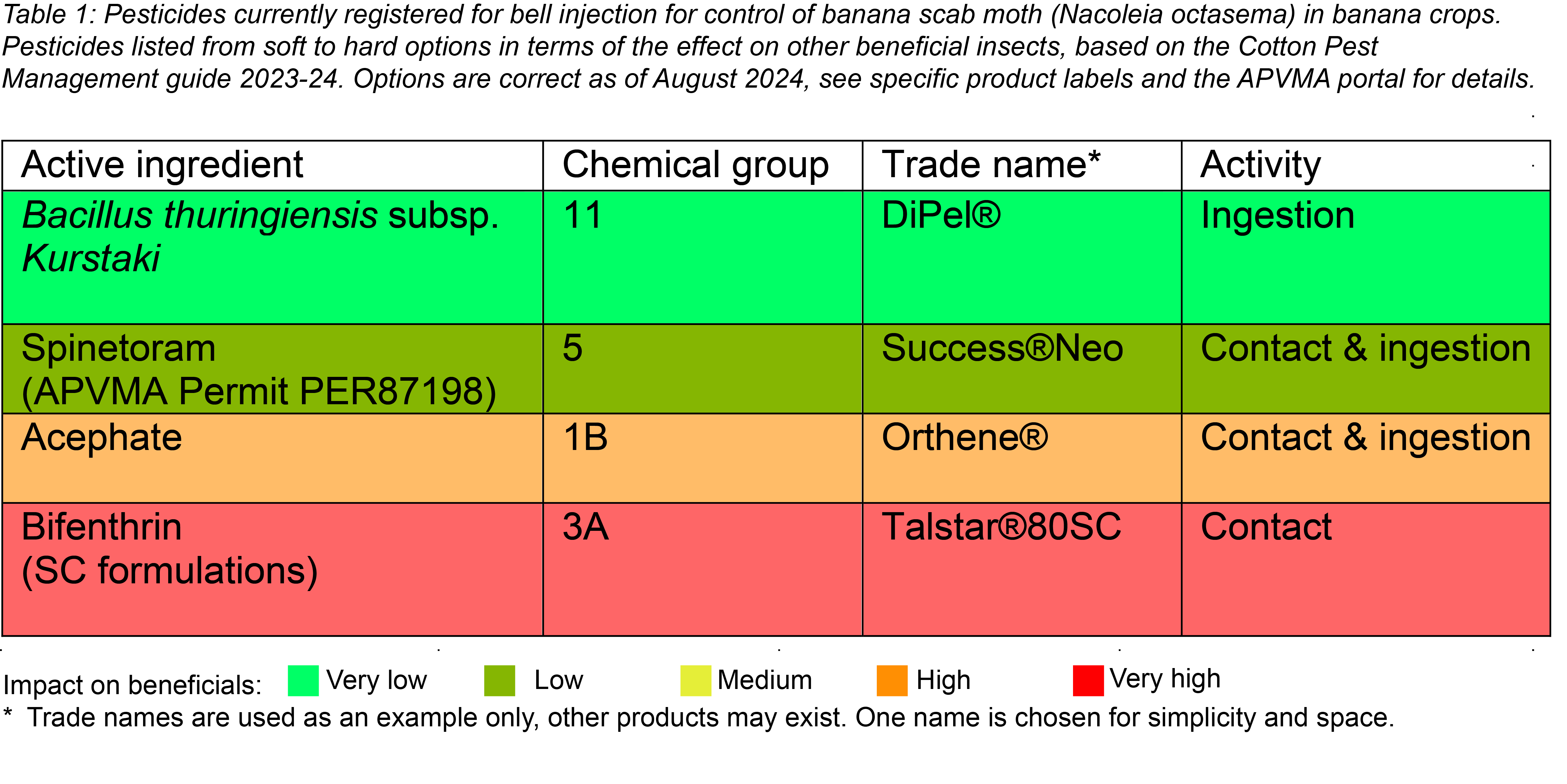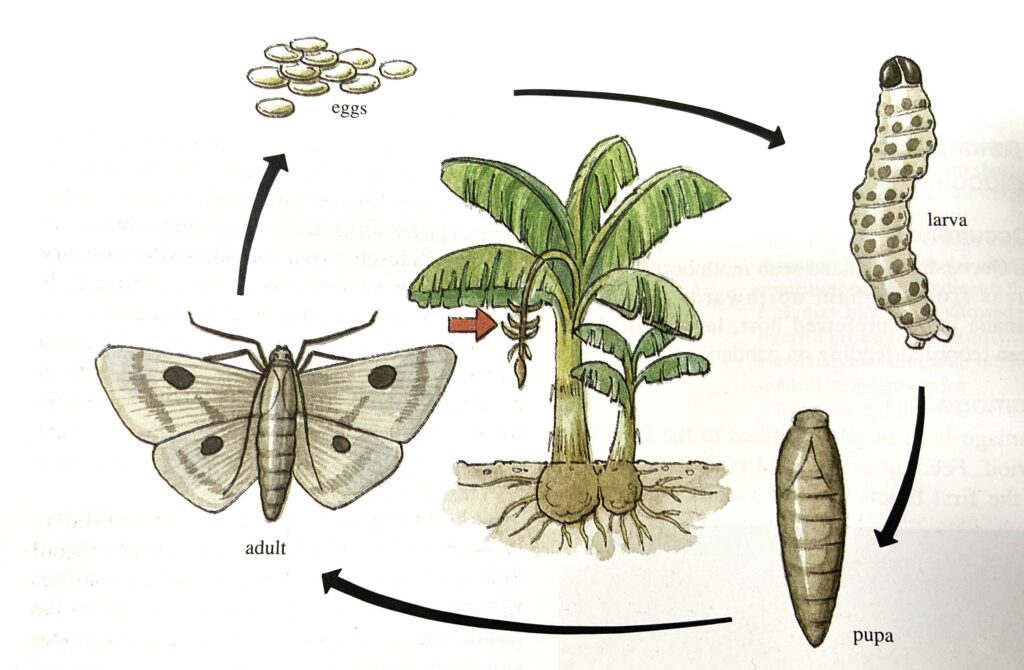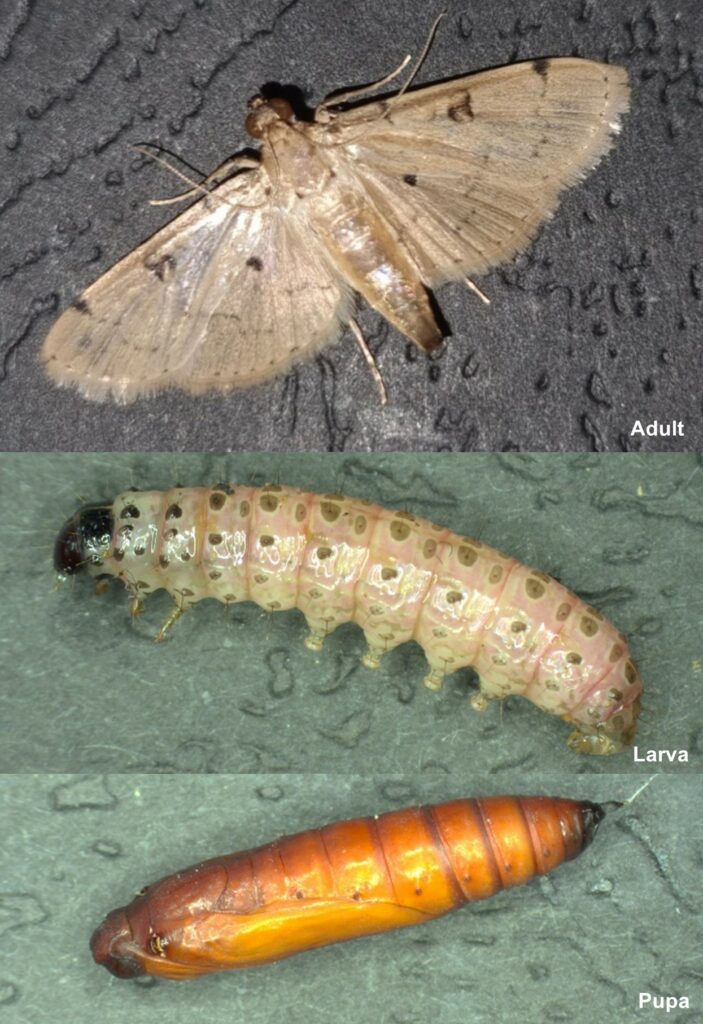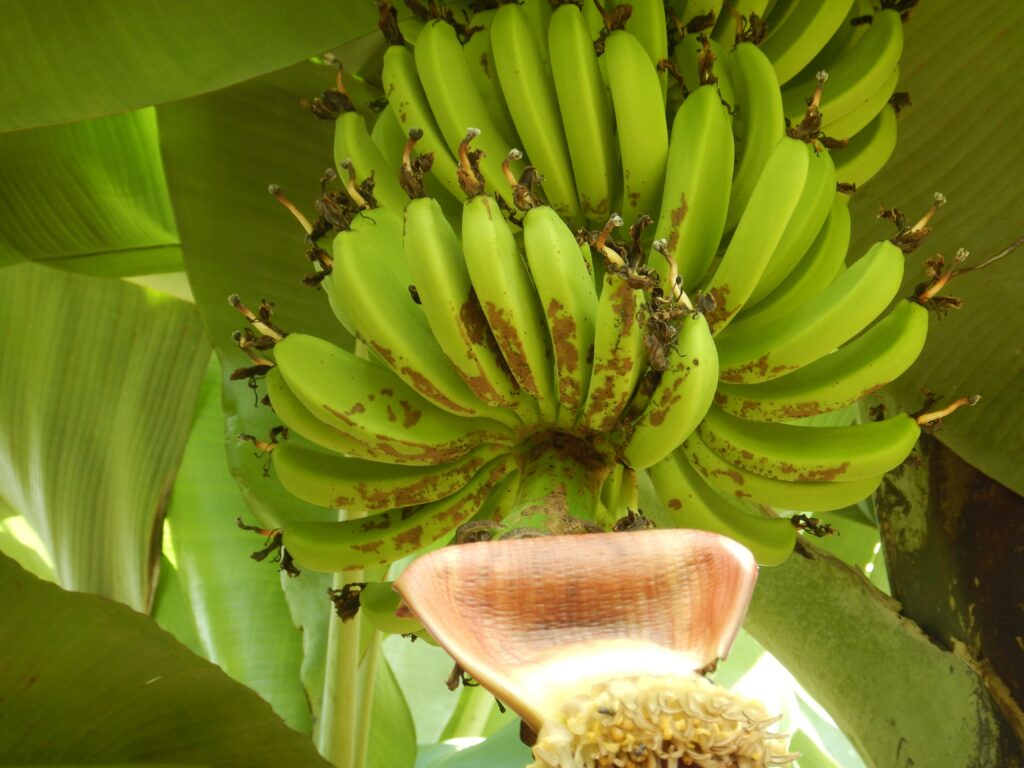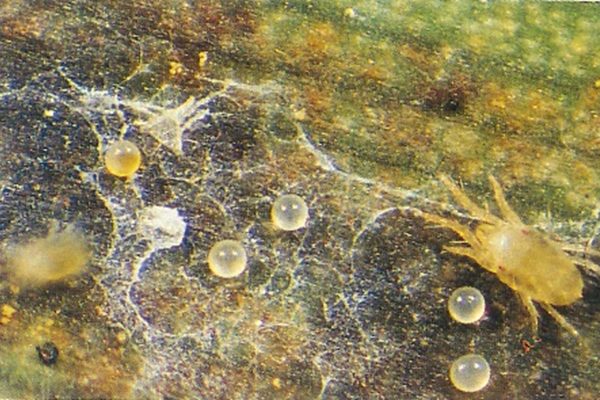Insect sanctuaries for beneficial predators and parasites in bananas
By Daniel Farrell
Beneficial insects are species that provide a positive effect or interaction in an ecosystem, such as pollinators, predators, or decomposers. Predators and parasites, known collectively as natural enemies, play a critical role as beneficial insects by suppressing and controlling pest insects in ecosystems.
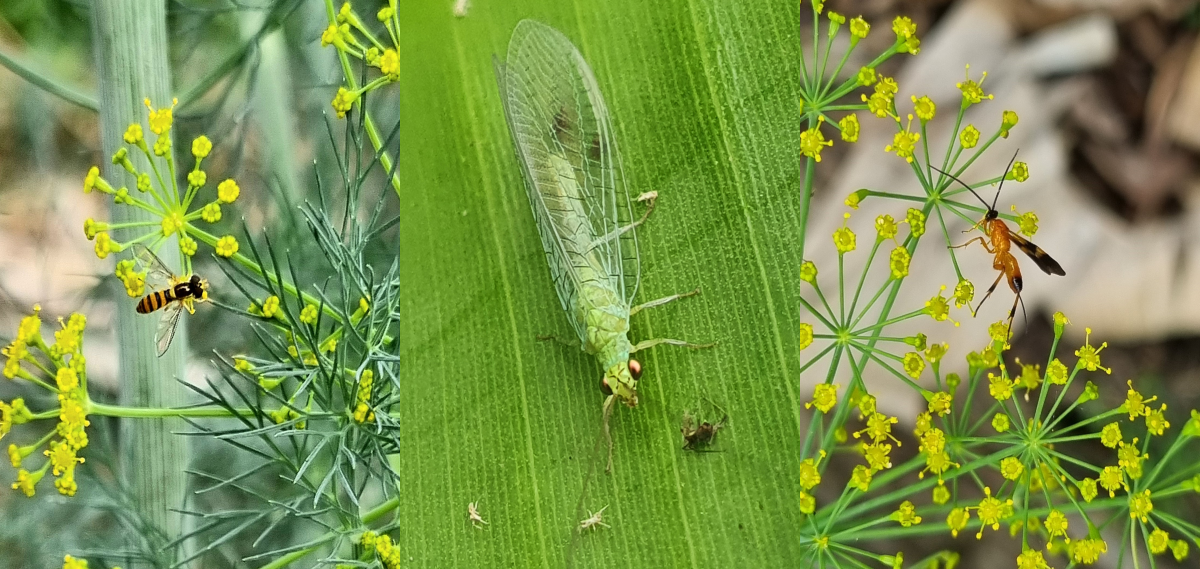
In most agricultural ecosystems, including bananas, beneficial insects aren’t considered in management programs. Farming practices, for instance, pesticide usage, monocropping, tillage, and weed control along with the lack of suitable habitat can cause these ecosystems to be unhabitable for beneficial insects to remain, thrive and continue to provide biological control.
Insect sanctuaries are areas of non-harvested companion plants grown free from disturbances of farming practices and grown to encourage and attract beneficial insects to establish and remain in the ecosystem. Insect sanctuaries may consist of flowering or herbaceous plants, native shrubs or trees, or areas of specific weeds and grasses.
Insect sanctuaries are important for creating an agricultural ecosystem that is sustainable and suitable for beneficial insects by providing them with alternative food sources including important proteins and carbohydrates. In addition, sanctuaries provide harbourage and shelter increasing insect longevity and reproduction. An ecosystem with high biodiversity is generally more resilient to changes and less likely to experience pest outbreaks as natural enemies are available.
Insect sanctuaries can be planted externally or internally in existing production systems, as interrow or guard row (strips), or as a border or hedgerow (see below). Multiple small insect sanctuaries are just as significant to beneficial insects as large-planted areas, as they provide greater cross-over throughout the crop to optimize pest control and safe areas.
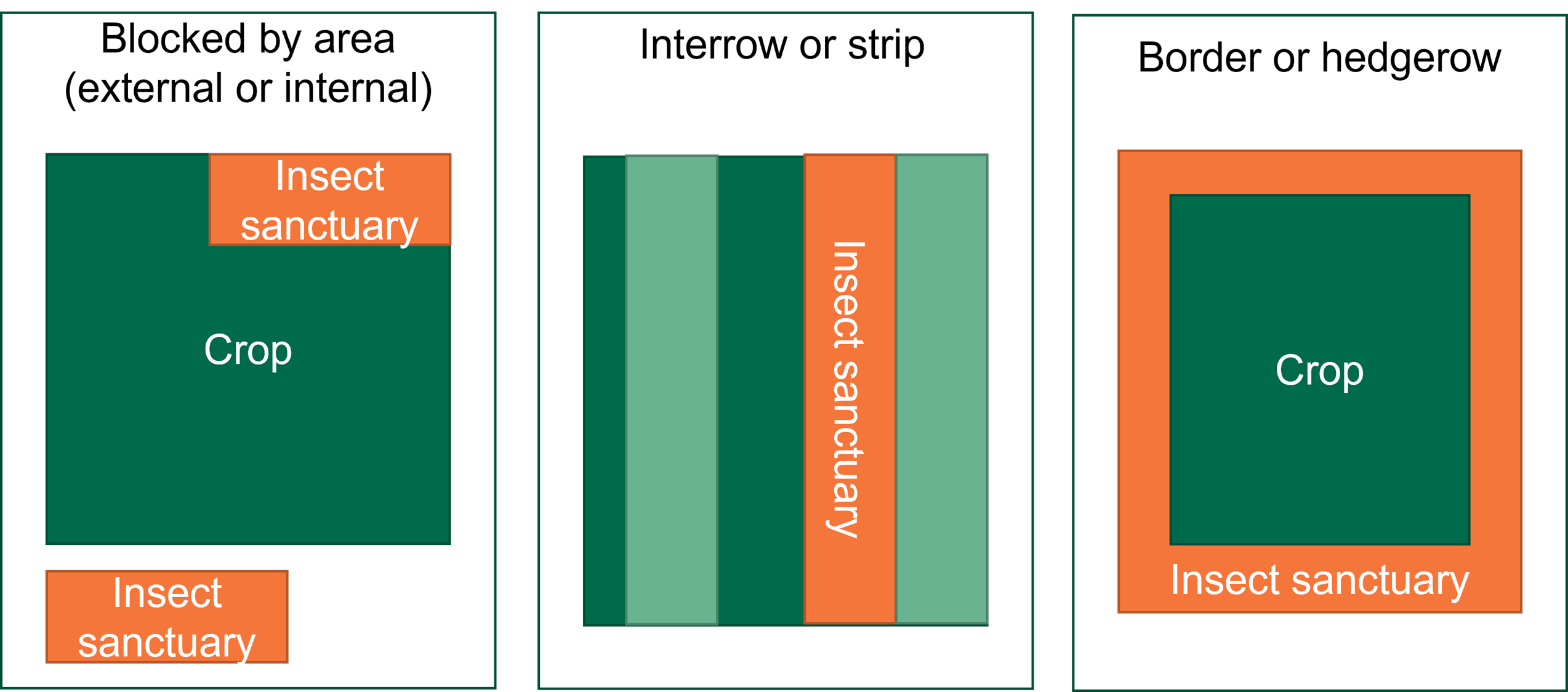
This DAF innovation-funded project aimed to use a Conservation IPDM approach to alter the banana ecosystem to provide more favourable conditions to enhance the population of beneficial insects. Seven flowering plants were evaluated including dill, fennel, Salvia, lemon balm, Thai chilli, garlic chives, and Impatiens (pictured).
These treatments were compared to a bare-ground control to determine if the composition of the insect community could be altered by incorporating additional plant biodiversity. The abundance (how many individuals) and diversity (how many different species) of insects attracted to each treatment were monitored in March – September 2022 using sticky traps, pitfall traps, and physical observations at the South Johnstone research facility. Collected insects were identified to the species level and then sorted into groups based on their role in the system as beneficial (predators, parasites, decomposers, etc) or pest (sap-feeders, herbivores, omnivores, etc) insects.
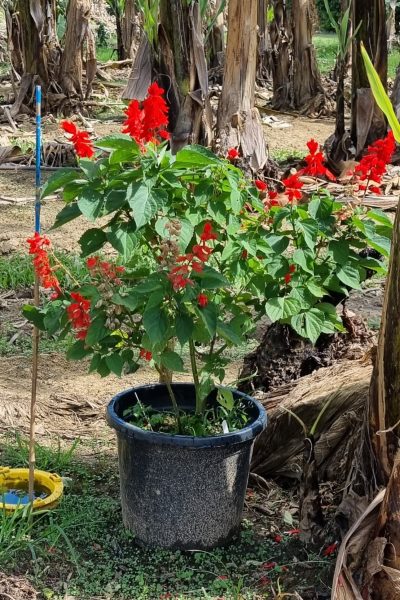



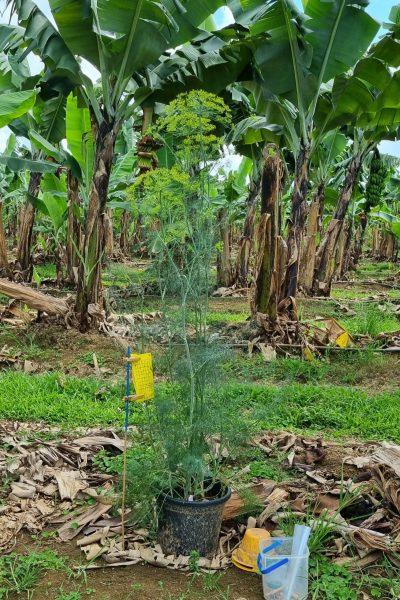
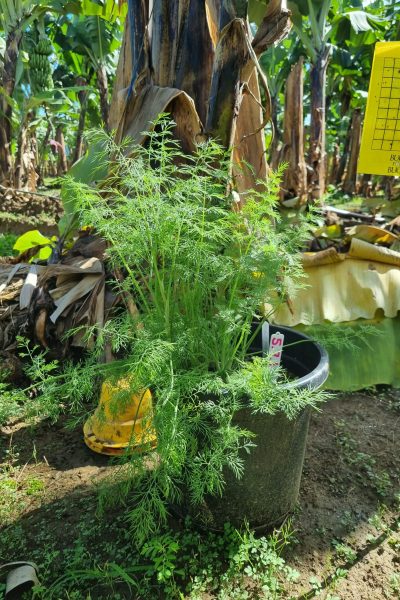
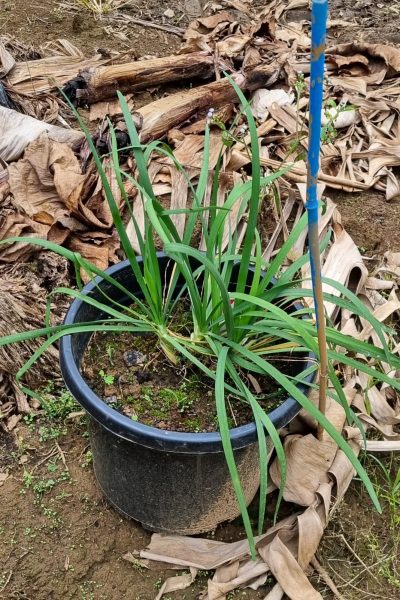
In general, the results found that insect diversity and abundance significantly increased over the trial duration. This could be due to either a combined treatment effect where the addition of all insect sanctuaries increased diversity and abundance to the trial site, or a general increase in abundance and diversity over time (i.e. warmer weather). From data models, we were able to devise some general relationships between treatments and the attraction or suppression effect they had on the insect groups (see below).
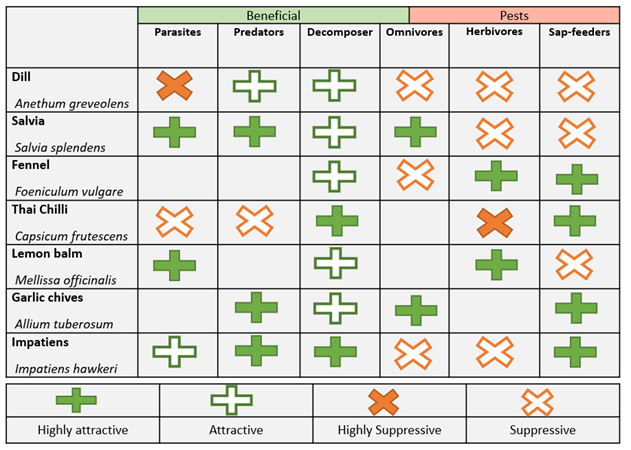
From these trial findings, Salvia and Impatiens would likely be suitable plants for insect sanctuaries in bananas, due to their high attraction for natural enemies and suppression of some pests. Dill would also seem suitable due to its good attraction to predators and suppression effect on pests; however, noting it was not a preferred host by parasites. Interestingly, Salvia, Thai chili, and Garlic chives were all suppressive to Thysanoptera (Thrips), further research could be useful to provide an alternative suppression option for banana rust thrips and banana flower thrips.
Finding the high attraction of beneficial insects to Salvia and Impatiens suggests that further studies in this area would be useful. Ideally, larger plantings with assessments for bunch pests on fruit should be conducted to explore pest-controlling relationships. Ultimately, a list of suitable plants for incorporation into insect sanctuaries associated with banana plantations considering seasonality and soil types could provide growers with options for dedicating an area on their farm for beneficial insect conservation.
For more information contact:
The Better Bananas team
Department of Agriculture and Fisheries
South Johnstone
13 25 23 or email betterbananas@daf.qld.gov.au
This project was funded by the Department of Agriculture and Fisheries through an Agri-Science Queensland innovation grant.


